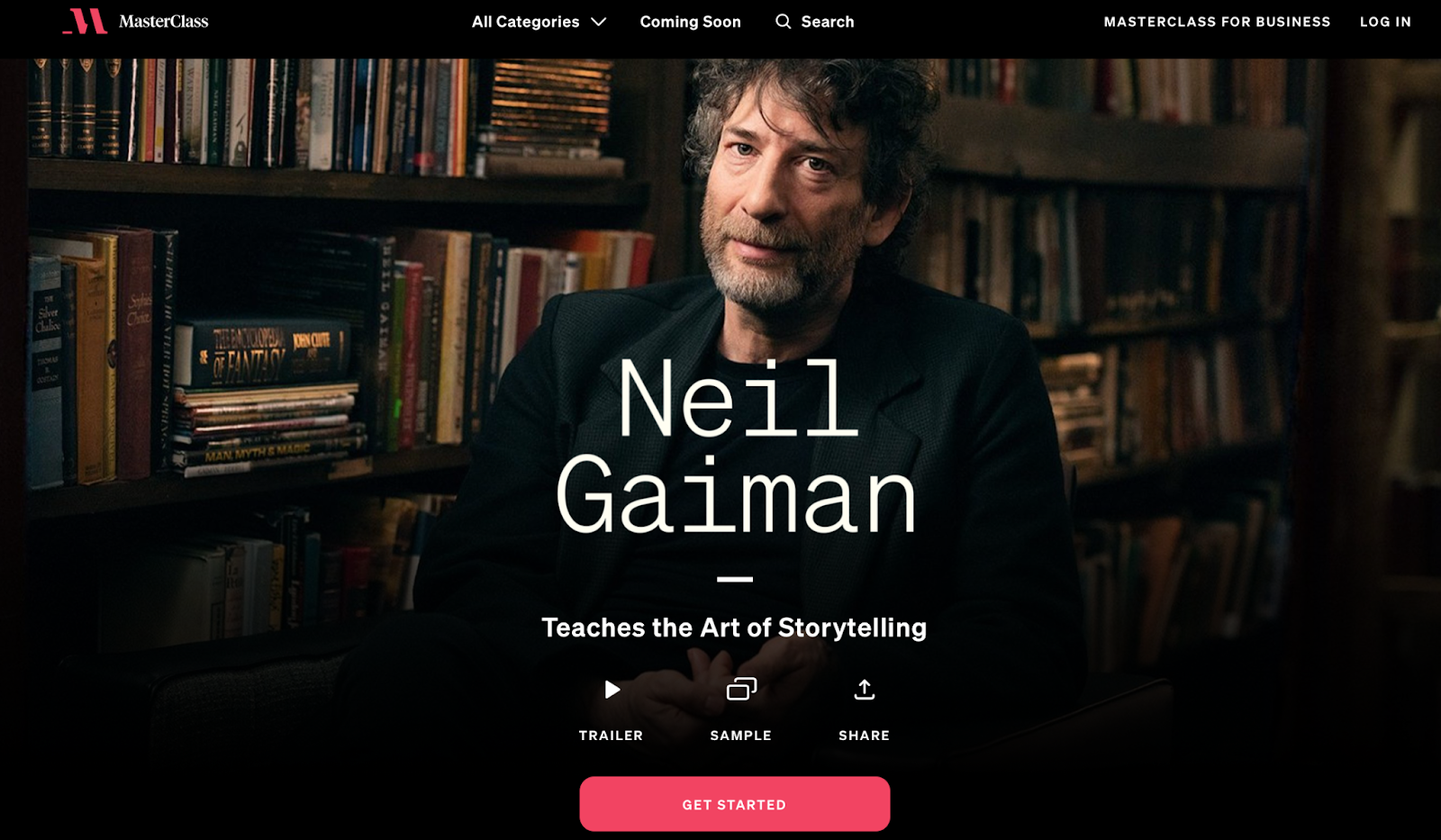Two words are all that stand between you and better copy.
What are they?
I won’t keep you in suspense.
It’s a simple two-word question:
“So what?”
Asking yourself this one simple question will dramatically improve your copy. And yield powerful copywriting.
It doesn’t matter if you’re writing an email to a colleague, a memo to your staff, or a web page selling a humidifier.
Those two words will go far to make sure you’ve got your audience in mind. And, they will make sure you write only that which is relevant to them.
I’m sure it’s not the first time you’ve heard about using the question “So what?” Plenty of great and legendary copywriters have written about it before.
So rather than rehash why it’s such a great question to ask, I thought it’d be good to simply show you its power, for practically every element involved in writing great copy.
The Attention-Grabbing Headline
This the make-it-or-break-it point in your copy. If your headline doesn’t get your reader’s/visitor’s attention right away, the rest of your copy doesn’t matter.
So after you’ve written some copy, start with the headline. Ask yourself, “So what?”
The answer should be in your headline.
The writers over at Cosmopolitan know this very well. Here’s the cover from one of their issues:
Every single headline on that magazine cover screams to be read. It draws you in and quickly passes the “So what?” test.
An easy way to make sure your headline always passes, is to include a benefit, an element of curiosity, or both.
The next line of copy after your headline needs to do the same.
Here’s an example from Reader’s Digest:
The headline certainly passes the “So what?” test, and so does the short copy that follows.
It’s hard to resist the urge to click to read more and find out what else you may not know about dairy’s health benefits.
Make Your Benefits Come To Life
Another way the “So what?” test boosts the power of your copy, is by making your benefits shine.
You’ve heard the mantra, “features and benefits.” Asking “So what?” really helps you draw out the deeper, more emotional benefits your product or service provides.
Legendary copywriter Clayton Makepeace uses this simple tool all the time to help him create sizzling blockbuster promotions.
So how do you do it?
Start by making a list of your product or service’s features. These are the “facts.”
So if you’re selling a yellow no. 2 pencil, some of the features include:
- Eraser on one end
- Graphite core encased in a wooden cylinder
- Yellow
- Around 7 inches in length
Now that you’ve got your features, it’s time to ask “So what?” for each of the features …
Feature: eraser on one end
So what? You can easily correct mistakes. No need to have to grab a new sheet of paper.
Feature: Graphite core encased in a wooden cylinder
So what? If you happen to press too hard and break the tip, no problem. Just sharpen the pencil and you can be back to writing in no time flat. Even if you break the pencil in half, you can still sharpen it and get to work.
Feature: It’s yellow
So what? It’s easy to find and differentiate from your pens and other writing instruments. Save time, since you don’t need to be fumbling through a bunch of stuff to locate it.
Feature: It’s around 7 inches in length
So what? Your pencil will last quite a while. No need to buy a new one for at least a few weeks. And if it ever breaks, you can still use the same pencil, since it’ll most likely still be long enough to use comfortably.
Here’s a classic example of features and benefits from a company selling a health supplement:
Building Trust With Proof And Credibility
How else can using the “So what?” test improve your copy?
Well, if you ask it after every claim or promise you make, you’ll find yourself wanting to back it all up with proof or specifics.
This, of course, will dramatically improve the persuasiveness of your copy.
For example, let’s say you’re a business that sells servers, storage and software solutions to the IT departments of big companies.
In your copy, you could say something like: “Our database software will help you lower operating expenses and improve performance.”
But now let’s ask “So what?”
We can now back it up with a study or some other kind of proof to show that what we’re saying is true.
So this now becomes:
“Based on a recent study done by CIO Magazine, our database software helps you slash operating expenses by 23% and improves database performance by up to 53% with shorter query times. Here’s what our past customers have to say about it: ” (Note: This is a completely made up example, not actual copy from somewhere).
Take a look at this in action on the Motley Fool’s site:
Specifically, they make the claim that:
“…now there’s a way you can get world-class stock recommendations and expert, unbiased advice from top financial analysts by barely lifting a finger.”
Immediately, they explain what it is and why you should believe it.
“It’s called Motley Fool Stock Advisor. This unique investment advisory service was created 11 years ago by Motley Fool co-founders David and Tom Gardner — the renegade brothers Money.com named “among the most widely followed stock advisors in the world.”
So next time you sit down to write, make sure you keep “So what?” on the forefront of your mind.
Those two simple words will go a long way to making your writing clearer, more effective, and more persuasive.



















